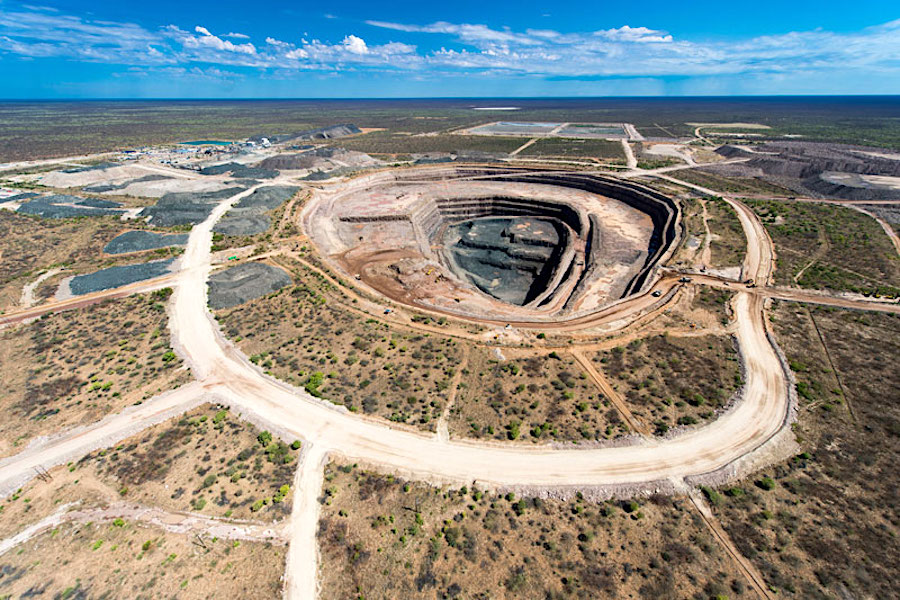
Lucara Diamond Corp, which has recovered two of the largest diamonds in recent history, is turning to technology to ensure growth in an industry where new mine acquisitions remain elusive.
For the Vancouver-based junior miner, that means using advanced technology like sorting based on atomic density to boost value from its Karowe mine in Botswana, and also diversifying away from mining into an online diamond sales platform.
“Diamond mines are extremely rare… we haven’t been able find the perfect asset, but we continue to look,” Lucara Chief Executive Eira Thomas said in an interview. “In the meantime, we thought it was important to establish a growth agenda.”
X-Ray transmission (XRT), which Lucara began using in 2015, enabled record diamond recoveries last year, including 33 stones over 100 carats
While bigger companies like Anglo American’s De Beers AK Alrosa PAO invest in advanced technologies, Lucara is “by far the industry leader” among the remaining smaller miners, said independent analyst Paul Zimnisky.
“Lucara has one depreciating and depleting asset, so they do need to look long term,” Zimnisky said. “They’re carving out a unique niche for themselves.”
X-Ray transmission (XRT), which Lucara began using in 2015, enabled record diamond recoveries last year, including 33 stones over 100 carats.
It measures ore’s atomic density to identify diamonds early, allowing recoveries of larger stones, while traditional mining requires multiple crushing and concentration stages.
“Previously, we could see the diamonds were broken… but we had no idea what the value loss associated with that was,” Thomas said. “Did we break a 50-carat diamond or a bunch of 10-carat diamonds? We really couldn’t tell.”
When Lucara began production at Karowe in 2012,it estimated the diamonds would be worth $200 to $250 a carat, Thomas said. With the XRT technology, they’ve been worth as much as $600 per carat, she said.
Last week, Lucara said it had recovered a 1,758-carat diamond, the biggest in recent history.
Lucara shares have gained 10 percent this year, outperforming most sector peers.
The miner has also begun using its online sales platform Clara, doing four scheduled sales to eight manufacturers this year.
Unlike traditional in-person tenders, where manufacturers bid on assortments of similar diamonds from producers, Clara allows manufacturers to place detailed orders.
They are matched to stones in the system, with Lucara earning the difference between the bid and ask prices.
Lucara’s first sale in January generated revenue of $660,865, but the company didn’t provide details of the other sales.
The company aims to sign up at least one producer this year, and will begin continuous sales once the system is fine-tuned, Thomas said.
Clara won’t completely replace traditional tenders, which Lucara itself uses to sell diamonds under 1 carat and over 15 carats, Thomas said. The cost to scan smaller diamonds makes it uneconomical, and larger stones have too many potential outcomes, she said.
Clara “opens up our universe of customers, who, right now, have to fly to Botswana to buy our diamonds,” Thomas said. “We envisage a world where people buy diamonds from all over the world sitting at their desk.”
($1 = 1.3464 Canadian dollars)
(By Nichola Saminather; Editing by David Gregorio)